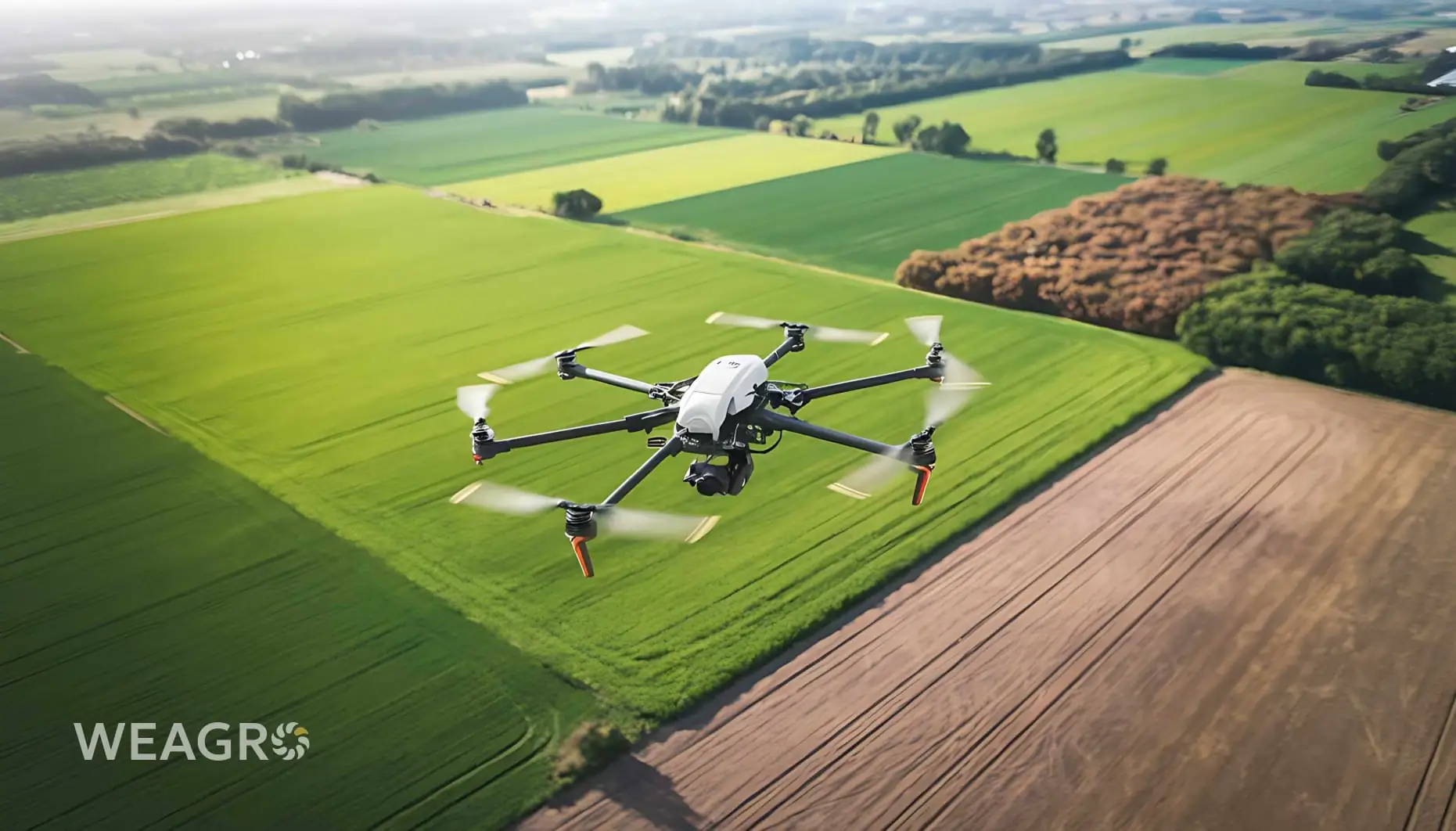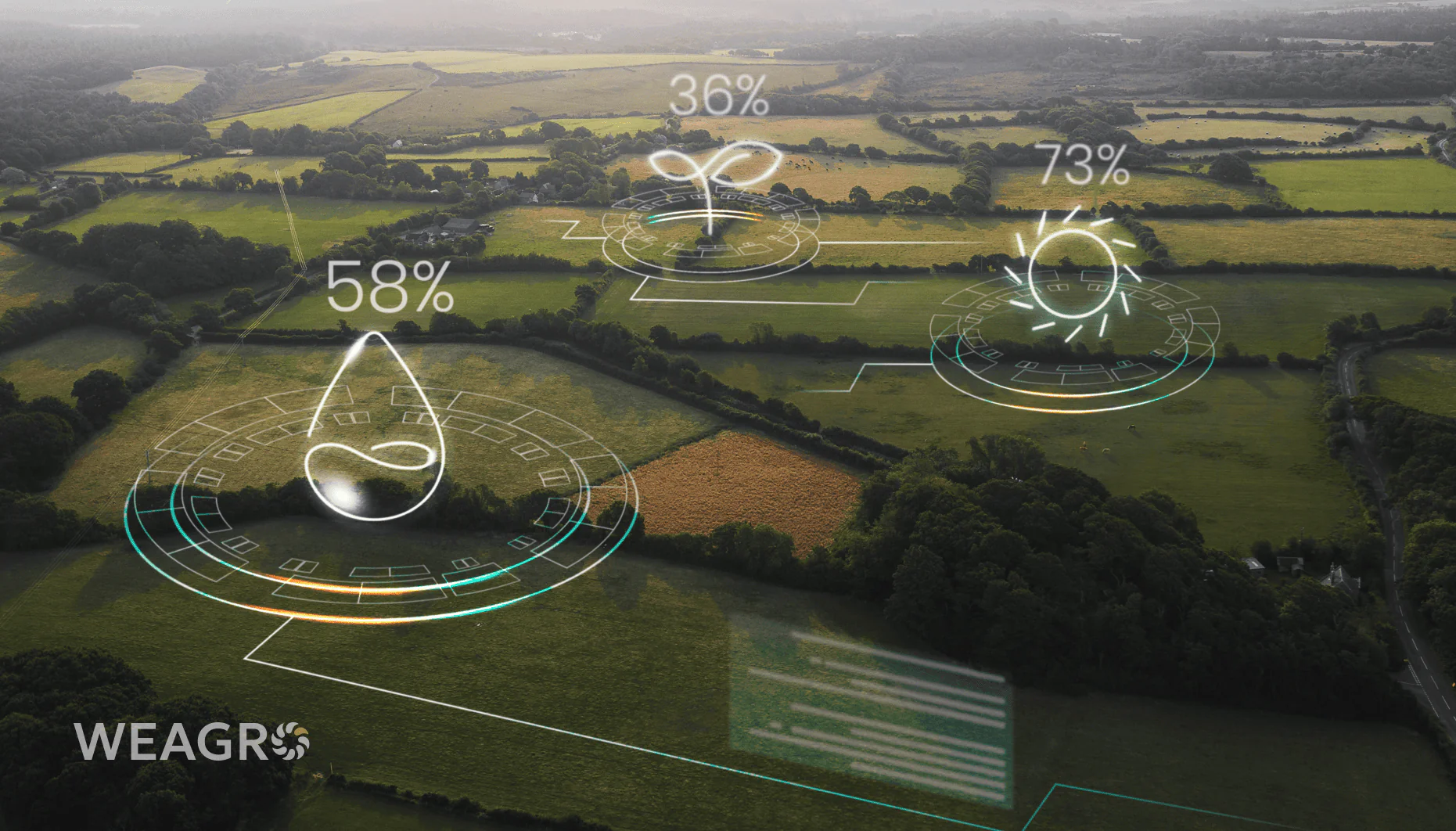Permaculture is a holistic approach to agriculture based on the principles of natural ecosystems. It involves creating sustainable and self-sufficient agrosystems that can provide food for people while minimizing negative environmental impact. This article will be useful for farmers and agricultural producers who aim to implement ecological and efficient farming methods.
What is Permaculture
The term “permaculture” (from “permanent agriculture”) was first proposed by Australian ecologists Bill Mollison and David Holmgren in the 1970s. They aimed to create a farming system that would harmoniously fit into natural cycles and processes.
The main idea is to observe ecosystems and emulate the principles of their functioning in agricultural enterprises. Instead of monocultures or intensive soil cultivation, it proposes creating diverse, multifunctional landscapes with minimal human intervention.
Permaculture is not just a set of agricultural practices, but also a worldview based on the ethics of caring for the Earth and people. It covers a wide range of areas: from gardening and forestry to construction and alternative energy. The goal is to create systems that meet human needs while maintaining ecosystem health.
Founders Bill Mollison and David Holmgren developed the basic principles and methods for designing permaculture systems, which were later supplemented and adapted by followers around the world. Today, this approach is practiced in most climatic zones: from the tropics to temperate latitudes, from urban gardens to large farms.
According to data from the Permaculture Association Britain, there are about 3 million people worldwide who integrate permaculture at various levels. In Ukraine, this movement is just gaining popularity, but already has successful examples of implementing relevant methods and principles.
One of the most famous practitioners is Austrian farmer Sepp Holzer, who transformed Alpine slopes unsuitable for agriculture into flourishing gardens and forests. His experience proves that such methods can be effective even in challenging natural conditions.
In Japan, the approach developed under the influence of Masanobu Fukuoka’s ideas – a farmer and philosopher who developed a system of “natural farming”. His approach is based on reducing intervention in processes, rejecting plowing, weeding, and chemical fertilizers. The result is sustainable agroecosystems that provide high yields with minimal labor input.
Despite certain differences, all directions are united by the desire to create systems that function similarly to natural ecosystems – with closed nutrient cycles, efficient use of energy and water, high biodiversity, and resistance to external influences. This requires a deep understanding of ecological processes and a creative approach to design.
Read also: Precision Farming in Ukraine: Definition and Prospects
Basic Principles of Permaculture

Permaculture is based on three key ethical principles:
- care for the Earth – preservation and restoration of natural ecosystems;
- care for people – meeting human needs in harmony with nature;
- fair share – limiting consumption, fair distribution of surpluses.
Based on this ethics, 12 principles of permaculture system design were formulated by David Holmgren:
- Observe and interact. Studying natural processes and landscape elements allows finding optimal solutions for a specific site.
- Catch and store energy. Permaculture systems are aimed at accumulating and efficiently using sun, wind, water, and biomass.
- Obtain a yield. A properly designed system can provide a rich and diverse output to meet human needs.
- Apply self-regulation and accept feedback. Sustainable systems regulate themselves through negative feedback, preventing overproduction and resource depletion.
- Use and value renewable resources. The method favors environmentally friendly and renewable materials and energy sources.
- Produce no waste. A well-thought-out system uses waste as a resource for other elements (composting, mulching, etc.).
- Design from patterns to details. Effective design starts with understanding patterns and gradually moves to specific solutions.
- Integrate rather than segregate. In permaculture, elements are selected and arranged to enhance and complement each other.
- Use small and slow solutions. Manageable scales and gradual changes are easier to control and adapt to changing conditions.
- Use and value diversity. This increases system resilience and allows meeting specific needs.
- Use edges and value the marginal. At the junction of different environments (forest – field, shore – water), particularly productive and valuable elements are formed.
- Creatively use and respond to change. The approach views successions, seasonality, and other fluctuations as sources of diversity and opportunities.
George Sobol formulated five other key principles of permaculture:
- Cooperation instead of competition. Building mutually beneficial connections between system elements rather than opposing them.
- Working with nature, not against it. Using and enhancing processes rather than fighting them.
- Unlimited yield (harvest). Creating systems that provide stable and diverse results.
- Minimum effort for maximum effect. Using resources and energy to achieve the best results.
- The problem is the solution. Rethinking challenges as opportunities for development and improvement.
These principles help create sustainable agricultural systems that work in harmony with natural processes and ensure long-term productivity.
Read also: No-till technologies: what it is, prospects in Ukraine
Comparison of Permaculture with Traditional Agriculture
| Feature | Permaculture | Traditional agriculture |
| Biodiversity | Polycultures, mixed plantings | Monocultures, crop rotations |
| Soil cultivation | Minimal, mulching | Deep plowing, “bare soil” |
| Fertilizers | Organic, compost, green manures | Mineral, chemical |
| Plant protection | Natural methods, resistant varieties | Pesticides, GMOs |
| Irrigation | Rainwater harvesting, drip irrigation | Open irrigation systems |
| Energy | Renewable sources, conservation | Fossil fuels, excessive use |
| Productivity | Stable in the long term | High initially, soil depletion |
| Sustainability | Adaptability to local conditions | Dependence on external resources |
As we can see, permaculture offers a holistic approach focused on sustainable development and harmony with nature, while traditional agriculture often leads to soil degradation, environmental pollution, and land depletion.
How to Implement Permaculture Principles for your Farm
Implementing permaculture is a gradual process that requires careful planning and readiness for change. Here are the main steps to get started:
- Observe and analyze your farm: soils, water resources, terrain, climatic conditions, existing plants and animals. This will help determine the potential and limitations of the site.
- Formulate goals. What crops to grow, for what needs, for what term the farm is designed. This will set the direction for the design.
- Create a design project. Zoning, mulching, composting, mixed plantings, integration of animal husbandry, etc. Provide elements for water collection, energy conservation, waste utilization.
- Implement the design gradually. Start with the most necessary elements, test new approaches on small plots. Be ready to adjust the plan based on observations and feedback.
- Establish connections. Exchange experiences with other practitioners, attend seminars, workshops. Permaculture is about cooperation with nature and people.
The transition requires time and patience, but as a result, you will get a productive farm resistant to external influences. In the initial stages, there may be additional costs for materials and equipment, but in the long term, permaculture in Ukraine allows saving resources and increasing production efficiency.
Read also: RTK systems in the agricultural sector: what is a GNSS receiver, RTK signal
Permaculture in Ukraine
Permaculture in Ukraine is developing thanks to enthusiasts and public organizations. Since 2011, the NGO “Permaculture in Ukraine” has been operating, conducting certified courses (PDC), organizing festivals, workshops.
Successful examples of permaculture farms in Ukraine:
- permaculture center “Pyshnyi Yar” – a project on 0.7 hectares for restoring water balance and creating sustainable natural systems;
- permaculture center at the Temple of the Iverian Icon of the Mother of God in Dnipro – transforming a dump into a flourishing garden;
- “Living House” – a farm with a Crater Garden according to Sepp Holzer, ponds, and permaculture beds.
Development in Ukraine is hindered by lack of state support, insufficient awareness among farmers, and stereotypes about “proper” farming. However, considering global environmental and economic challenges, this direction has significant potential.
Using permaculture principles will help Ukrainian farmers create efficient and sustainable farms that will ensure food security and preserve natural resources for future generations. And our WEAGRO service is ready to support agricultural producers on this path, providing access to financial instruments for sustainable development.









